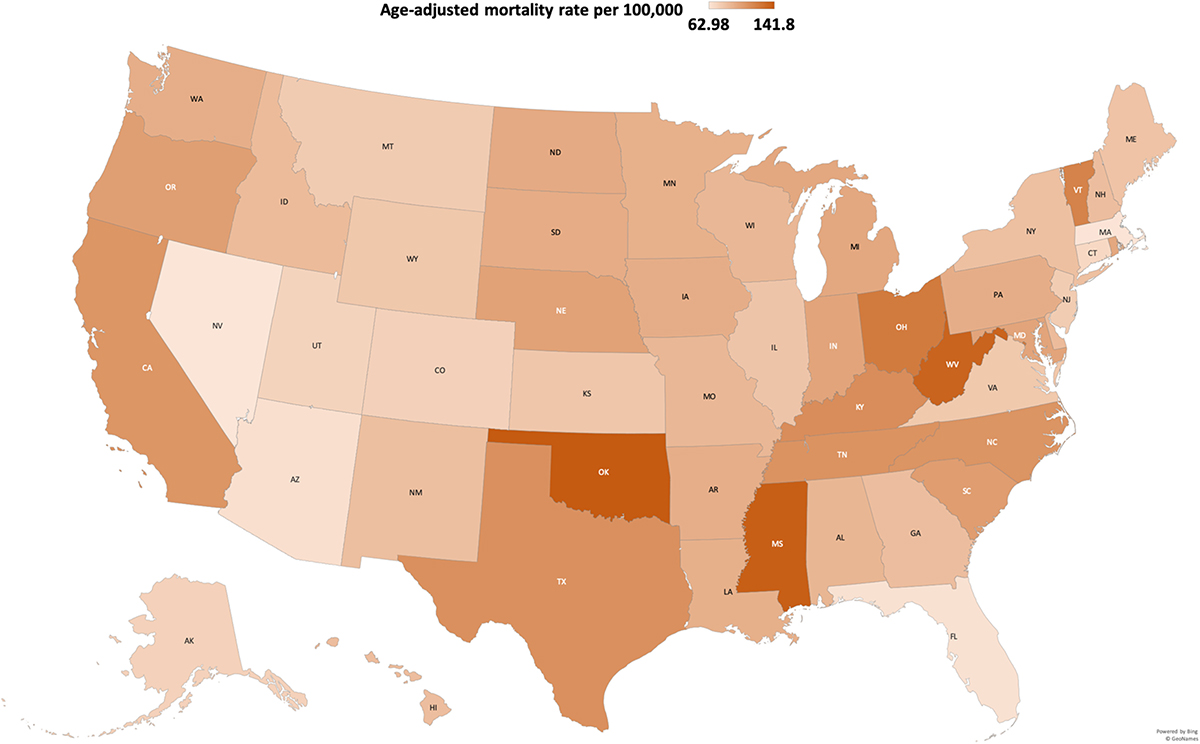After an initial decline in diabetes mellitus and cardiovascular disease-related deaths, researchers from Emory and other institutions have noted a reversal of the trend, with mortality rates increasing from 2014 to 2019, according to a new study published May 12 in the The American Journal of Medicine.
Diabetes mellitus is a significant risk factor for cardiovascular disease complications and has been on the rise in recent years. More than 37 million adults in the United States (about 15% of that population) are known to be living with this condition — with potentially more whose condition has gone undiagnosed.
“Heart disease remains the number one killer in the US despite advancements in drug development,” said co-lead investigator Vardhmaan Jain, MD, a doctoral fellow in cardiology at Emory School of Medicine. He added that patients with diabetes mellitus are disproportionately affected by cardiovascular disease.
Vardhmaan Jain, MD
The investigators used data from the Centers for Disease Control and Prevention’s WONDER (Wide-Ranging Online Data for Epidemiologic Research) database to identify adults aged 25 years and older who died between 1999-2019, where the underlying or contributing cause of death was cardiovascular disease and diabetes.
This analysis revealed additional patterns of mortality over the past 20 years, including:
- Males and non-Hispanic Black adults were more affected than other demographic subgroups.
- There was an alarming rise in diabetes and cardiovascular disease-related mortality rates in younger adults (25-54 years old) and middle-aged adults (55-69) during the latter part of the study period.
- There was a higher burden of mortality in rural areas than in urban areas — and this difference widened with the progression of time.
- Hotspots for higher diabetes and cardiovascular disease-related mortality were evident in Midwestern, Western and Southern states.
The introduction of newer therapies and updated management guidelines have transformed the management of diabetes and heart disease in the last two decades, offering the potential to boost individual life expectancies. However, several factors make these developments out of reach for large sections of the country, including rising health care costs and pre-existing disparities in access to care.
Increasing levels of hypertension, hyperlipidaemia, obesity, smoking and lower levels of physical activity have also contributed to these negative trends, and control of these modifiable risk factors may be far from optimal in patients with diabetes mellitus. “Better population-level control of diabetes may have far reaching positive effects on life expectancy,” Jain said.
This article appears in advance of July’s upcoming print issue of The American Journal of Medicine, and was published by Elsevier, a Dutch academic publishing company specializing in scientific, technical and medical content.

